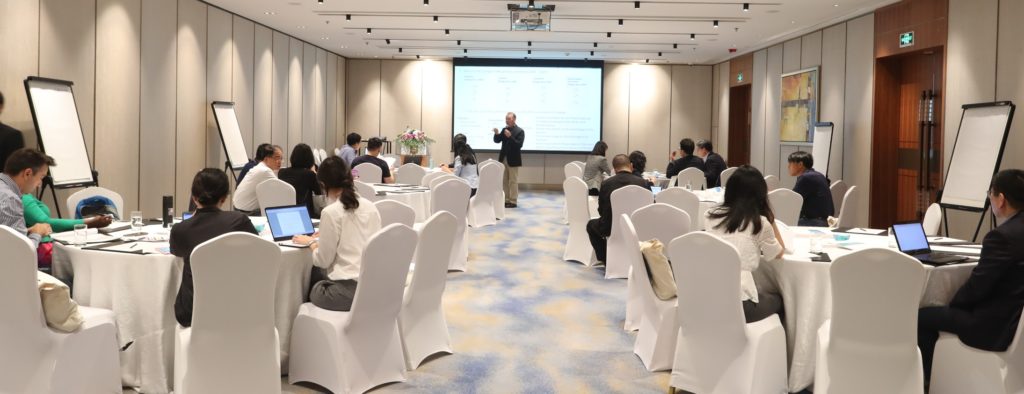
The workshop on the update of the YSLME SAP was held in Shangri-la Hotel, Qingdao, on July 17-18, 2019, with participation of approximately 30 experts from PR China and RO Korea, especially members of the Regional Working Groups (RWGs) from the two countries and observers from academia and NGOs. The workshop was facilitated Mr. Paul Gremillion, and international expert on transboundary diagnostic analysis (TDA) and Strategic Action Programme (SAP) of the GEF.
The workshop was organized to achieve four major objectives: (1) review the scope and mission of the 2007 transboundary diagnostic analysis (TDA) and 2008 SAP; (2) review the technical and management actions undertaken during the YSLME Phase II project; (3) validation of the findings and conclusions of the updated TDA; (4) evaluation of the relevance of the 2008 SAP components, considering current perspectives on the YSLME ecosystem; and (5) development of recommendations on the structure and content of 2019 SAP.
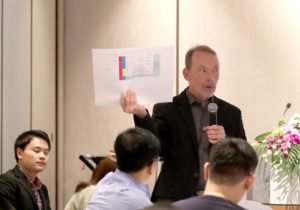
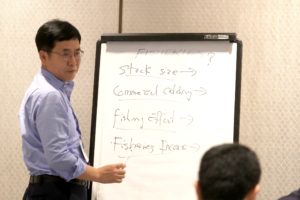
To evaluate the relevance of environmental problems and causes identified in the 2008 SAP, the workshop broke into four (4) groups with four major areas, comprising of (1) fisheries; (2) habitat and biodiversity; (3) monitoring and assessment; and (4) pollution. Each group had in-depth discussion of topics of emerging transboundary environmental problems relative to the nine environmental problems identified in the 2007 TDA and 2008 SAP and their root causes. Technical basis of the SAP was introduced with findings of priority transboundary problems and understanding of root causes through a review of the causal chain analysis. Regional targets, technical actions and management actions were also addressed by each group.
In the group of habitat and biodiversity, loss of habitat, habitat modification and changes in community structure were identified as the fundamental problems to the loss of biodiversity. The primary driver for the loss of habitat was ascribed to the increased land use. Four major drivers leading to changes in community structure were identified as eutrophication and pollution, introduced species, overharvesting of fish species and climate change.
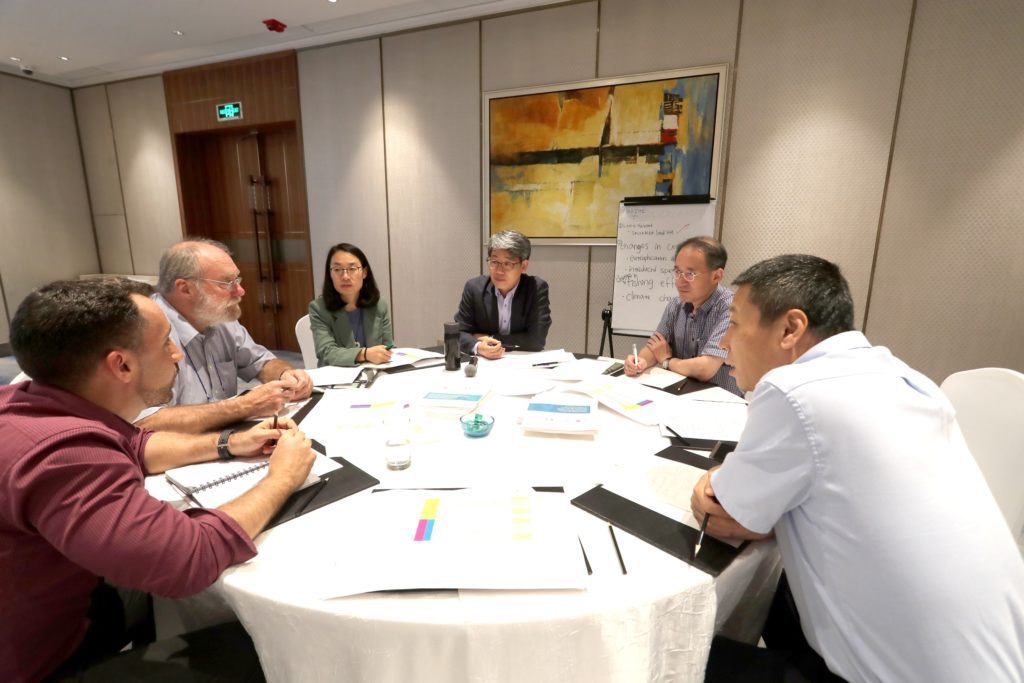
The group of pollution reduction identified particulate matters, microplastics and emerging contaminants as major concerns in the Yellow Sea. Emission from industry was also considered as a fundamental problem derived from industrialization and urbanization. As countermeasures to respond and reduce influence of drivers, conducting monitoring assessment, promoting clean energy and compliance with international standards were suggested. Microplastics caused concerns due to its overuse in both in-land and coastal areas and the characteristic of its persistence which could not be easily degradable. An emerging contaminant was also proposed as a third issue which could be caused by sewage discharge requiring proper tertiary treatment effort.
As for monitoring and assessment, both eutrophication and harmful algal blooms (HABs) were identified as issues in the Yellow Sea and both agricultural and maricultural activities were identified as main causes to increase the tendency of its occurrence. Climate change was also mentioned to influence frequency of its occurrence.
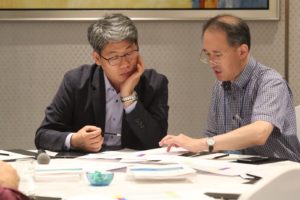
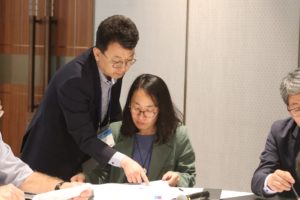
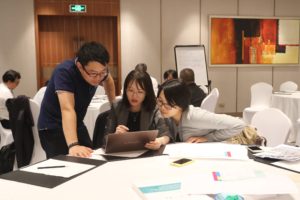
In fisheries group, current issues were identified with observation of decreased stock size, commercial fish catches, fishing efforts and decreased fisheries incomes. As countermeasures, the necessities of joint study and research, sharing data were also mentioned, together with combating IUU fishing by carrying out joint monitoring, extending closed season were also suggested to be worth considering.
With findings of environmental problems and their causes, each group reviewed management actions and provided summary of their deliberations for further discussion. Process-wise, the workshop suggested to circulate the initial outputs of the workshop for verification and further inputs by respective national working groups (NWGs) of PR China and RO Korea, to be followed by a combined regional working groups meeting to be held in the fourth quarter of the year.
To access the Day 1 YSLME Science Conference report, click http://www.yslmep.org/wp-content/uploads/2019/06/DAY-1-YSLME-Science-Conference-Daily-Report.pdf
To access the Day 2 YSLME Science Conference report, click http://www.yslmep.org/wp-content/uploads/2019/06/DAY-2-YSLME-Science-Conference-News-update.pdf
To access other conference details, including presentations and abstracts, click http://www.yslmep.org/?mec-events=3rd-yslme-science-conference.















